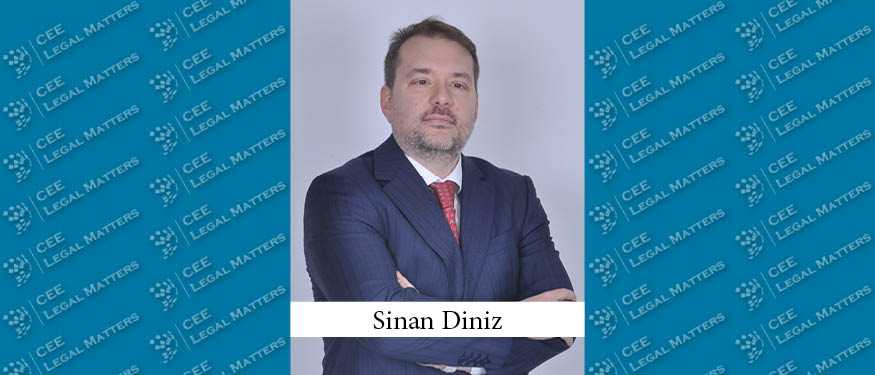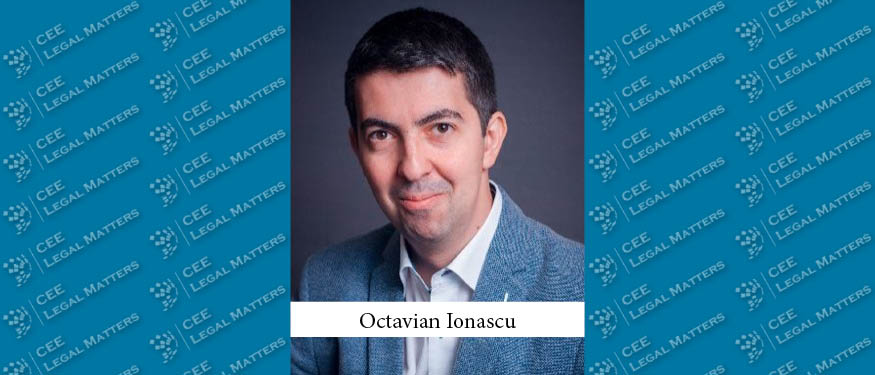In The Corner Office, we ask Managing Partners at law firms across Central and Eastern Europe about their backgrounds, strategies, and responsibilities. As partner departures are inherent to the workings of any law firm, and likely demand clear strategies for navigating, this time around we asked: What are the three most important items on your checklist when a Partner leaves your firm?
Kostadin Sirleshtov, Managing Partner, CMS Sofia: CMS Sofia very seldom sees partners leave. Some of them just relocate to other locations but remain with the firm.
When a partner leaves to join another law firm or to go in-house, we need to make sure that: (a) there is a proper exit interview – we need to ensure that there is sufficient feedback collected for such departures to never happen in the future; (b) there is no capability gap – we prefer having seniors from within the existing team stepping up and being promoted as partners, but if this is not an option – we start considering lateral hires; (c) clients are briefed accordingly – we are here for the clients and therefore we need to make sure that clients are not affected and there is no gap in our service delivery.
Milos Mitic, Managing Partner, JPM & Partners: Partner leaving the firm is always stressful and raises several questions to be discussed internally. Fortunately, in all my 30+ years of experience, I had just a few situations of that kind, and all of them were sorted out professionally.
However, on those rare occasions that such a thing happens the single most important item on our checklist is to try to find out what are the reason/s for such a career move. It’s up to us to make sure that work-life balance is in place and that everyday workload and accompanying burdens and tensions are not affecting the overall quality of one’s life. Whatever the response is it helps us immensely to adjust and better prepare for some future occasion.
Ilir Daci, Managing Partner, Optima Legal & Financial: The departure of a Partner is a shock wave that resonates in every corner of a law firm, whatever its size. While it disrupts the practice for at least a few days, months, and sometimes years depending on the firm’s size and flexibility, it signals the presence of erosive factors that if left unchecked and untreated can become paralyzing to the practice for a very long time.
The first and most important item is to understand as deeply as possible the root cause of departure. The traditional structure of the classic law firm places the Partner at the helm of the firm-client trust relationship. Whether departure is linked to internal disagreements, work discontent, toxic environment, competitive interests, or other imminent factors, the departing Partner has the best reasons, while the firm is susceptible to and usual upcoming reputational risks and brain drain.
The second important item is to take adequate measures to smoothen the transition so that client business is affected the least possible. While keeping the firm afloat is necessary, keeping the client well-served is imperative.
The third important item is to learn the lesson and take precautionary measures to level up motivation and enhance effective communication within the team and with the public.
Timur Bondaryev, Managing Partner, Arzinger: A lot depends on the reasons the partner is leaving the firm: good/bad leave, performance/health issues, etc. In any case, it’s very important to ensure that the leave is not too damaging for the firm and therefore, in my opinion, there are the following main points to be looked at (a) all financial issues, such as profit distribution, should be properly and correctly solved/settled and both parties are fine with the end-of-the-game financial settlement; (b) it’s important to ensure proper corporate memory i.e., handover of the clients/matters/practice for the firm and the clients do not “feel” the transition and the practice is run more or less in the same way as before. So, there should be a very clear succession plan, which is very thoroughly elaborated and discussed to ensure, that all works well. The succession plan should, by the way, also have a proper communication plan, to ensure, that there is full transparency and clarity as regards the situation, successors, reasons for departure, etc. Both, internal and external stakeholders should receive a very clear and aligned picture of the situation; (c) it’s always good to remain on good terms with the leaving partner as long as it’s possible – at the end of the day, the ex-partner will be if not always, at least for some time associated with the firm and can be a good or bad ambassador of the firm’s brand. Further, post-exit cooperation is not excluded and therefore it’s good to keep the proper relationship in case the services/support of the leaving partner will be required.
Pal Jalsovszky, Managing Partner, Jalsovszky: It did happen to us, unfortunately, so I can share my views based on past experience. First, it is essential to communicate to our colleagues that nothing extraordinary happened. Changes occur at each organization, this is the normal course of life. A special focus needs to be put on those colleagues who worked directly with the partner as they are potential targets for solicitation. The next step is to call each key client whom the partner worked with. Again, these clients may be on the target list of the departing partner. Showing the continuity of the seamless service that the client is accustomed to is crucial. The most tiring part of the job is to re-manage the work of the group led by the partner. You should find a new leader of the group – luckily from internal sources. Tasks and authorities will need to be redelegated, and processes potentially reviewed.
Christoph Mager, Country Managing Partner, DLA Piper Austria: In my view, the top three issues to consider when a partner of a law firm exits are as follows: (a) transition plan: agreement should be reached with a departing partner as quickly as possible as to whether or which clients will continue to be advised by him or her. Ultimately, this is a decision to be made by the client; however, coordination in advance facilitates informing and preparing clients. In any case, a coordinated approach makes sense and underlines the professional appearance of the law firm; (b) diligent handover: it should be determined who will continue to manage existing cases internally so that a timely handover is guaranteed. This ensures that no information is lost and the continuation of the mandate proceeds without disruption. This documentation relates not only to the direct legal advice but also to the agreement of commercial terms (e.g., hourly rates). Whenever a partner is leaving, the firm is left with outstanding claims and it is important to agree on how to deal with it; and (c) team update: the departure of a partner is also relevant for individual team members as it may affect team structure, individual business plans, and training paths, therefore an ongoing continuation of team development should be carefully planned.
In summary, a partner exit is always a challenge. However, the points mentioned above make it possible to implement key issues efficiently for the benefit of both the clients and the internal organization.
This article was originally published in Issue 11.4 of the CEE Legal Matters Magazine. If you would like to receive a hard copy of the magazine, you can subscribe here.






















